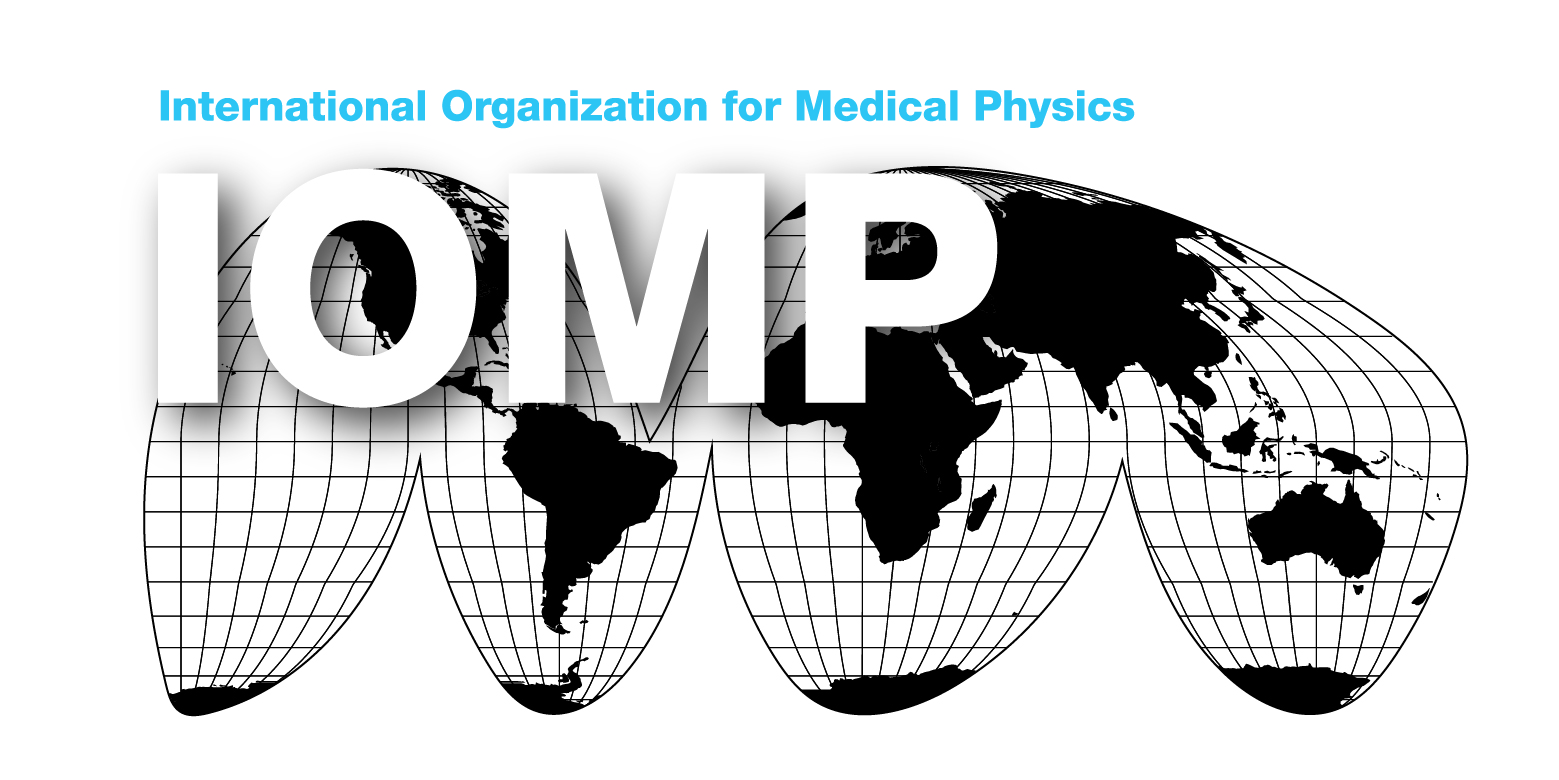Medical Physics is a branch of Applied Physics, pursued by medical physicists, that uses physics principles, methods and techniques in practice and research for the prevention, diagnosis and treatment of human diseases with a specific goal of improving human health and well-being. Medical physics may further be classified into a number of sub-fields (specialties), including Radiation Oncology Physics, Medical Imaging Physics, Nuclear Medicine Physics, Medical Health Physics (Radiation Protection in Medicine), Non-ionizing Medical Radiation Physics, and Physiological Measurement. It is also closely linked to neighbouring sciences such as Biophysics, Biological Physics, and Health Physics.
Medical Physicist
Medical physicists are professionals with education and specialist training in the concepts and techniques of applying physics in medicine. Medical Physicists work in clinical, academic or research institutions.
Medical physicists working in clinical environment are health professionals, with education and specialist training in the concepts and techniques of applying physics in medicine, competent to practice independently in one or more of the subfields (specialties) of medical physics. The requirements for education and specialist training of medical physicists working as health professionals are set out in IOMP Policy Statement No. 2.
Role and Responsibilities
Medical physicists are involved with the application of medical physics principles and techniques for prevention, treatment and diagnosis of human disorders, illnesses and disabilities, and the protection of the patients, staff and members of the public from ionizing and non-ionizing radiation hazards. The role and responsibilities of medical physicists may be oriented toward clinical service (which includes technical and radiation safety aspects), management, education, and research and development. More information on role and responsibilities of medical physicists is given in IOMP Policy Statement No. 1.

